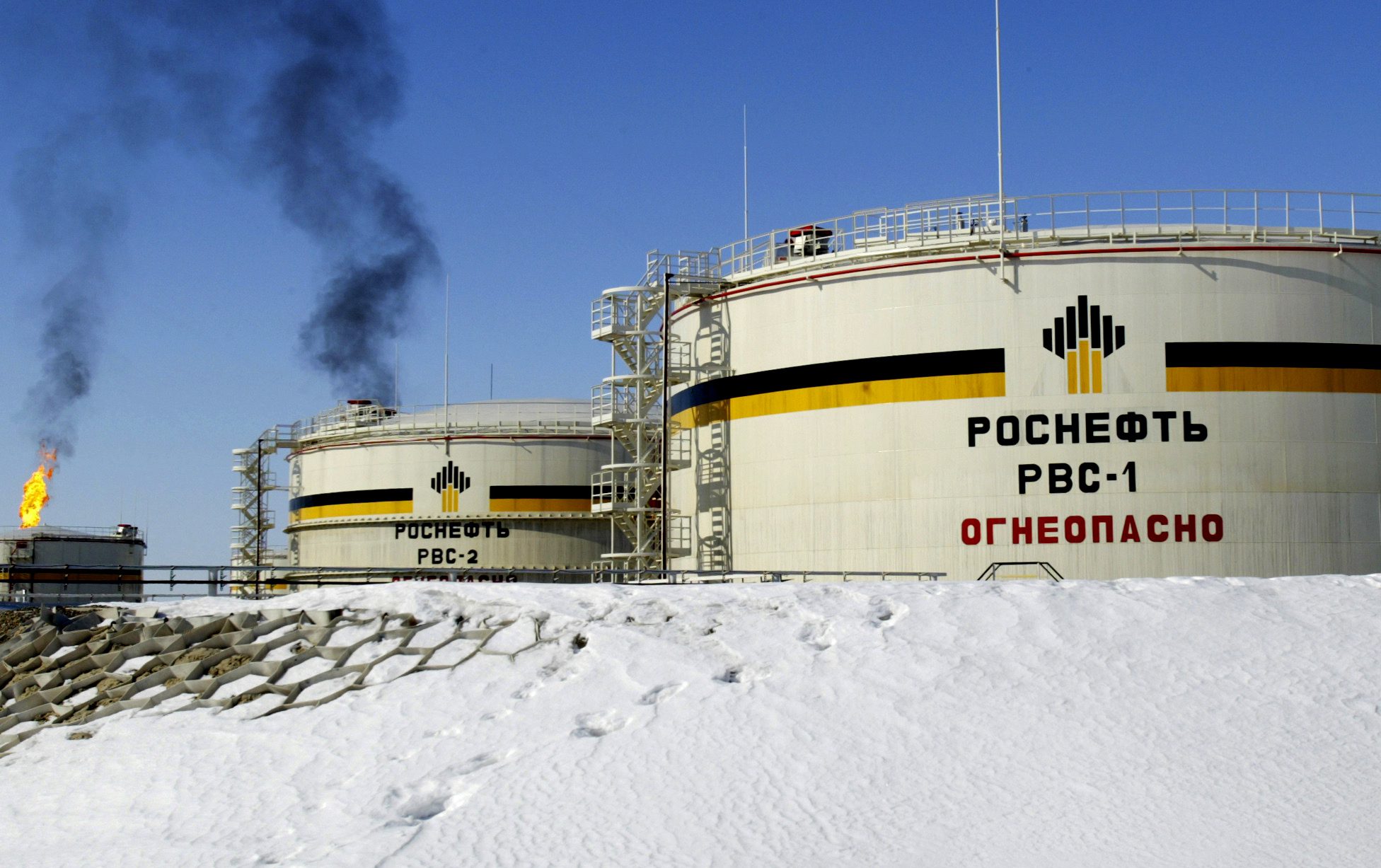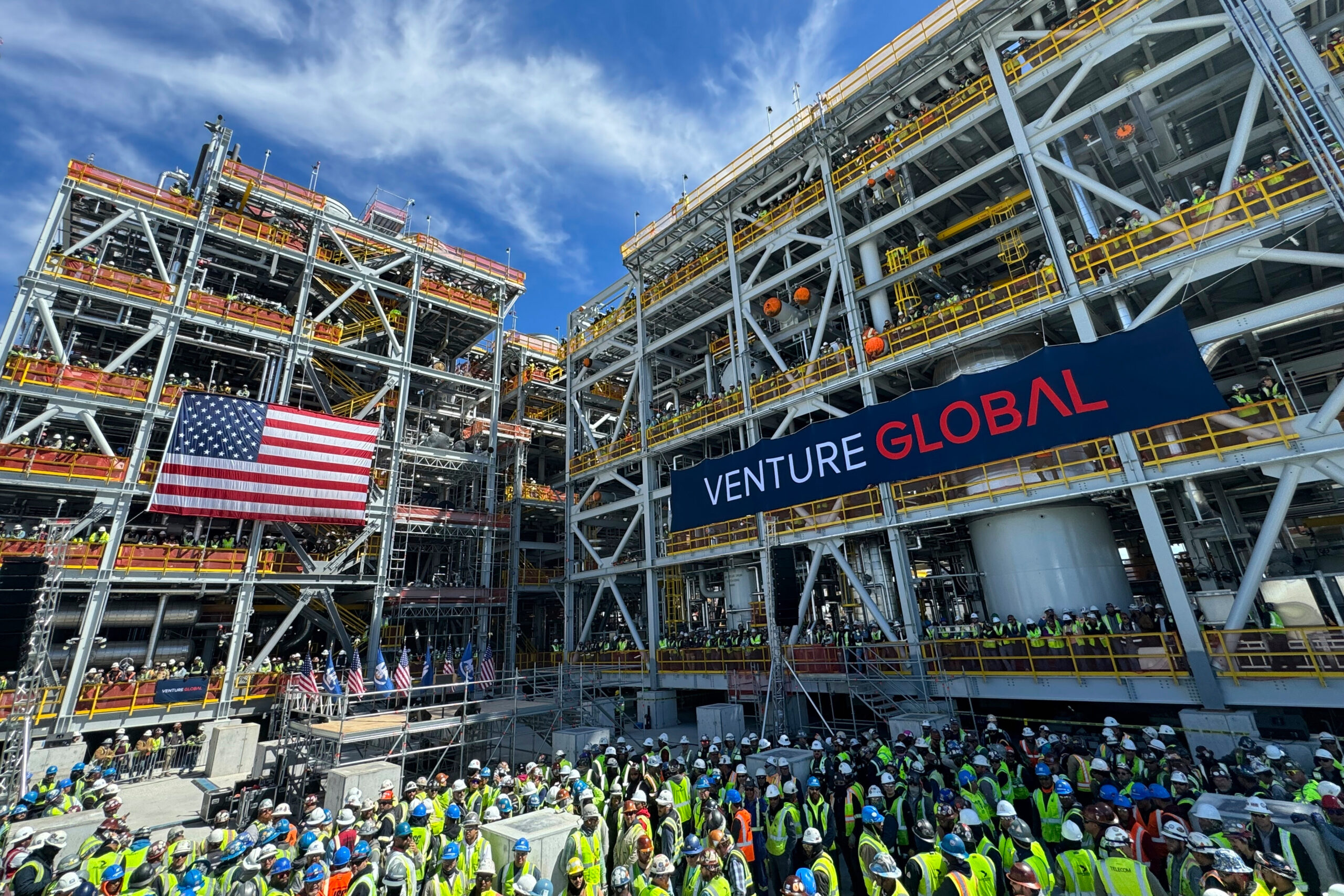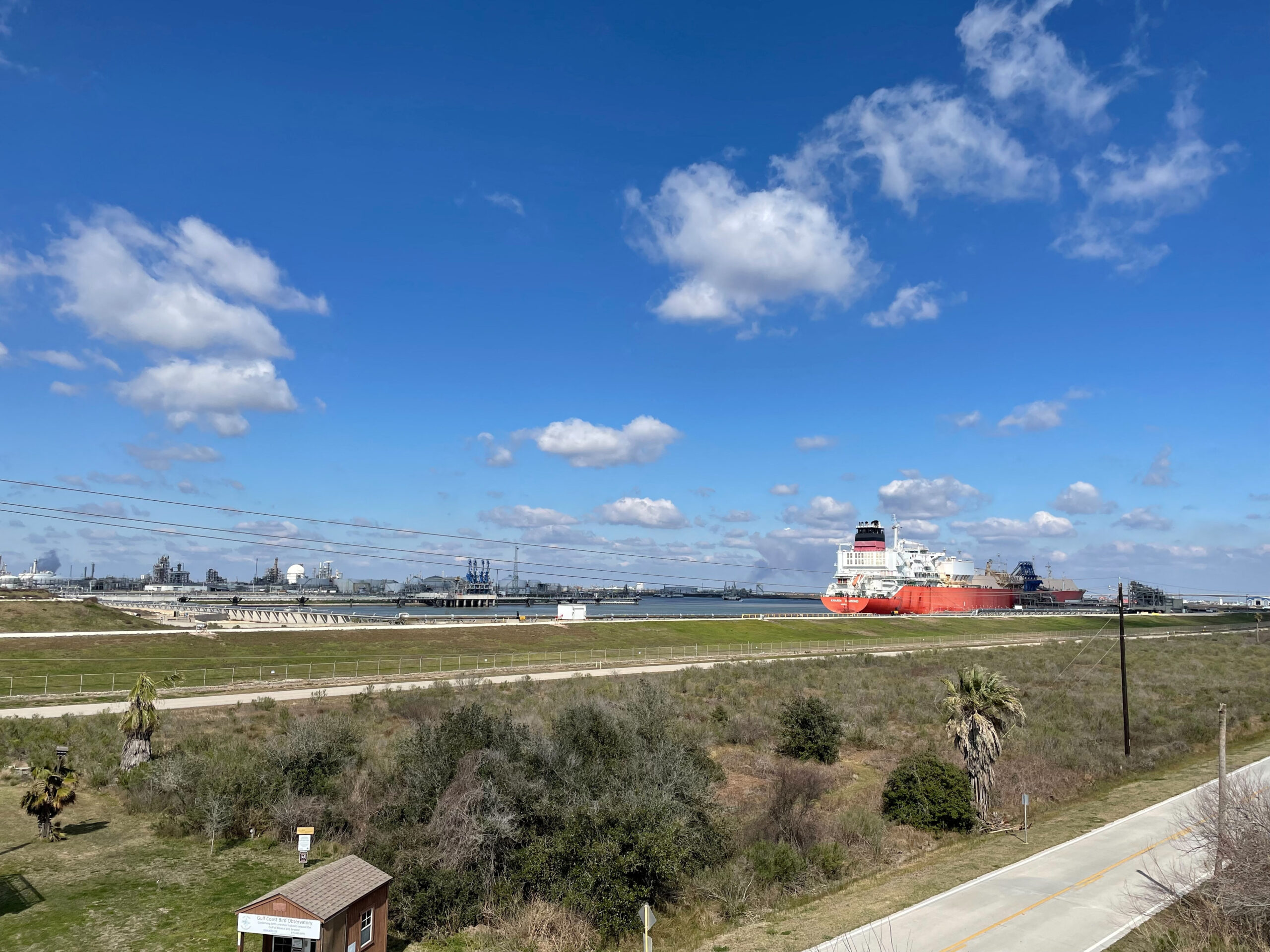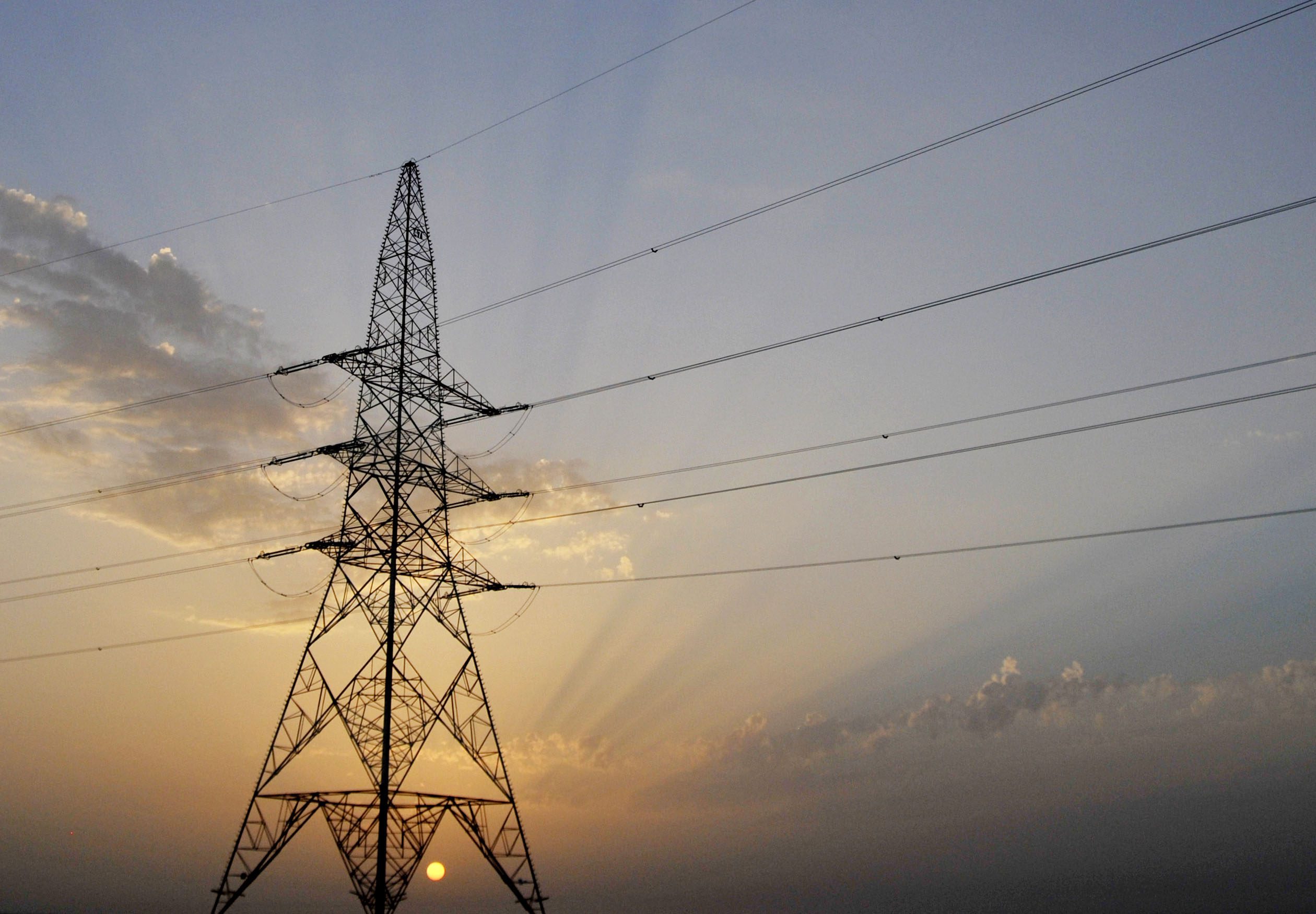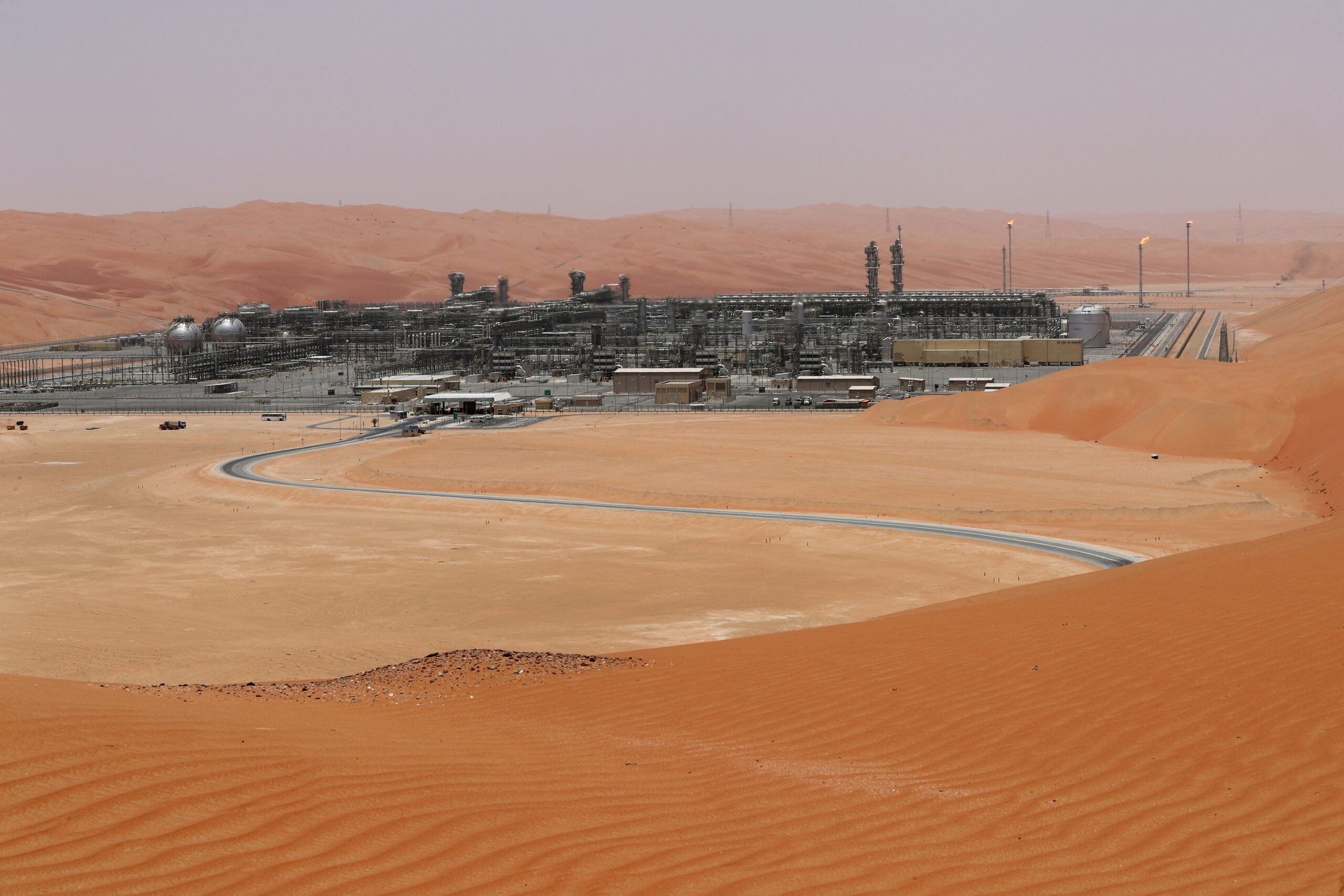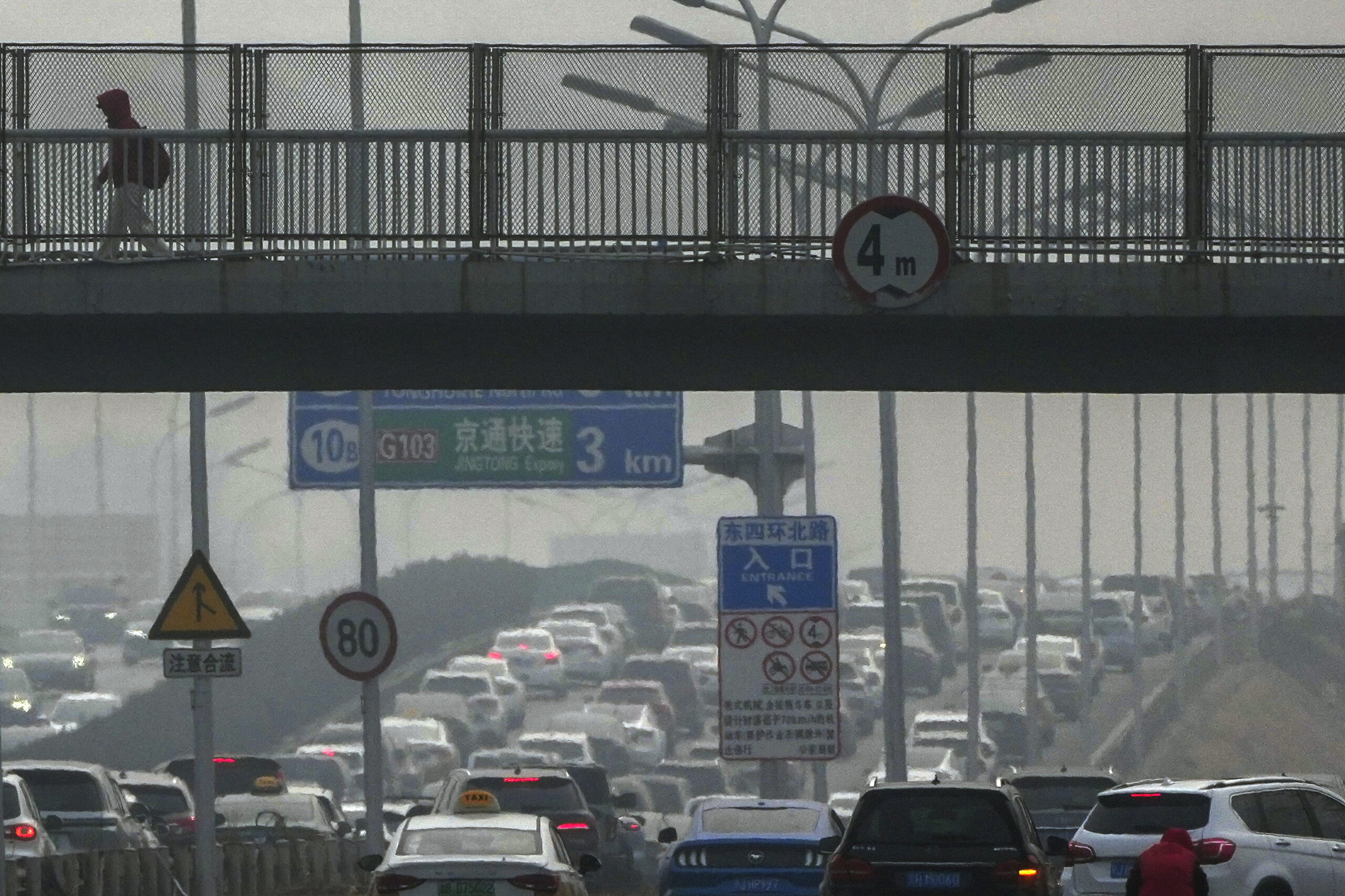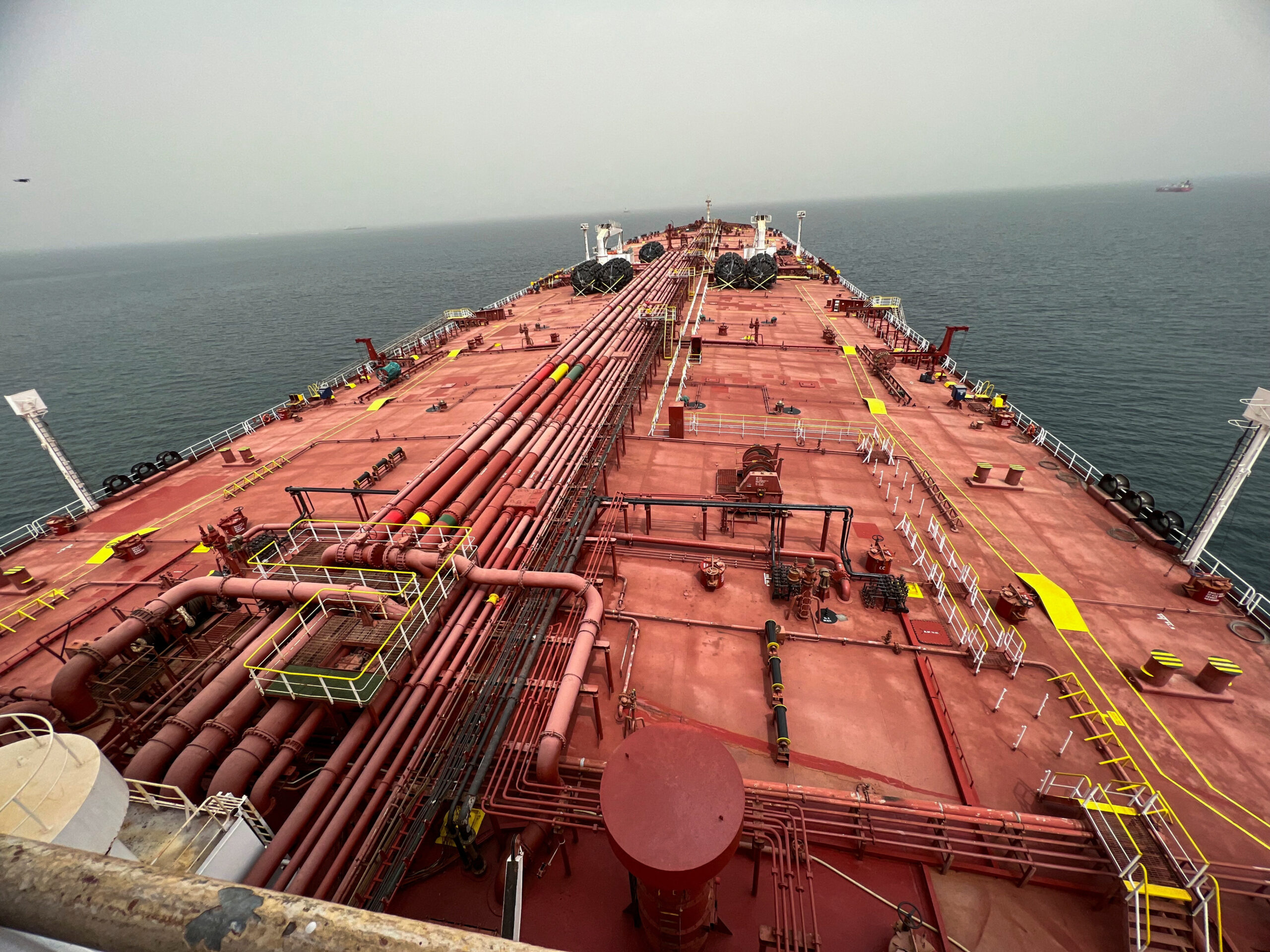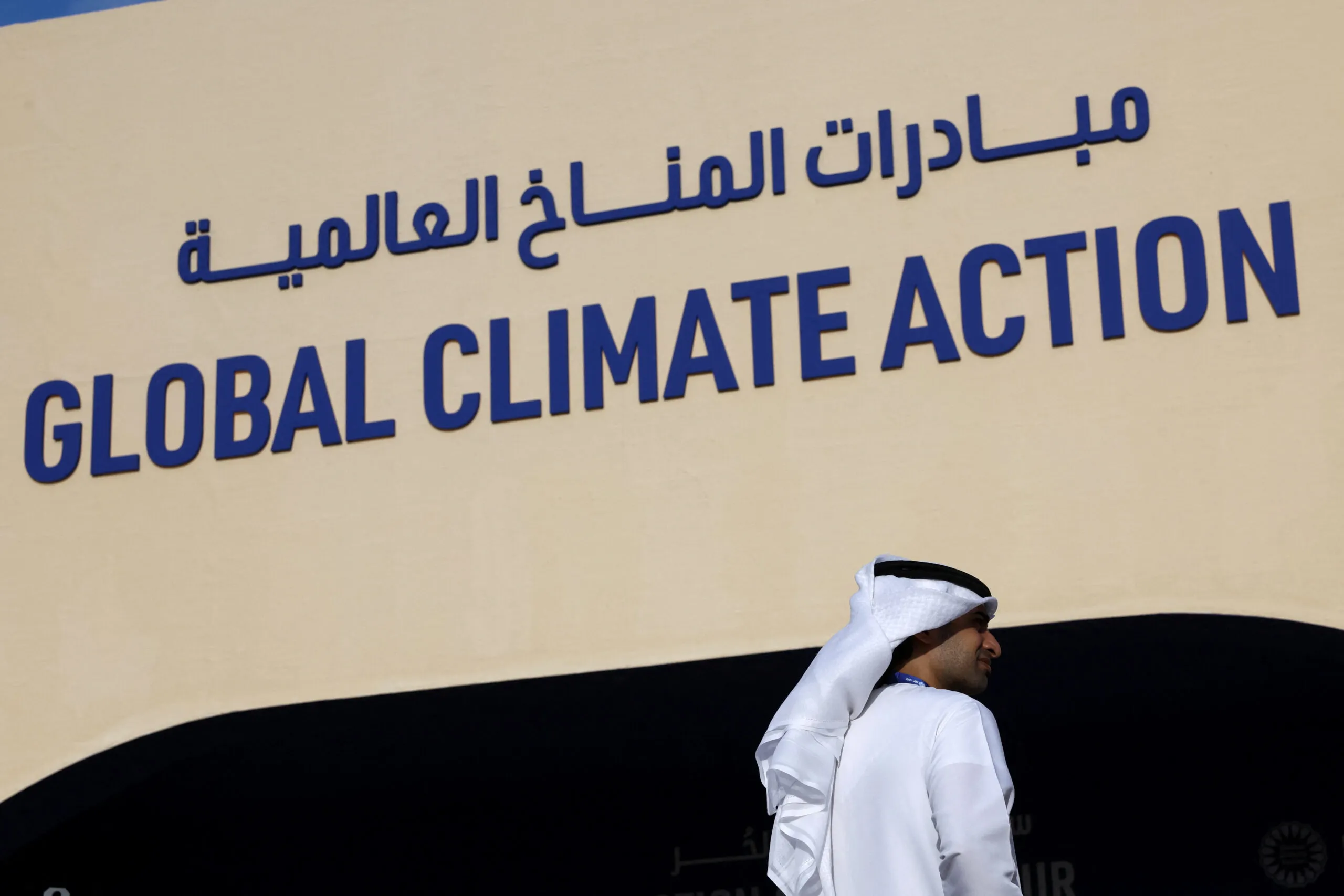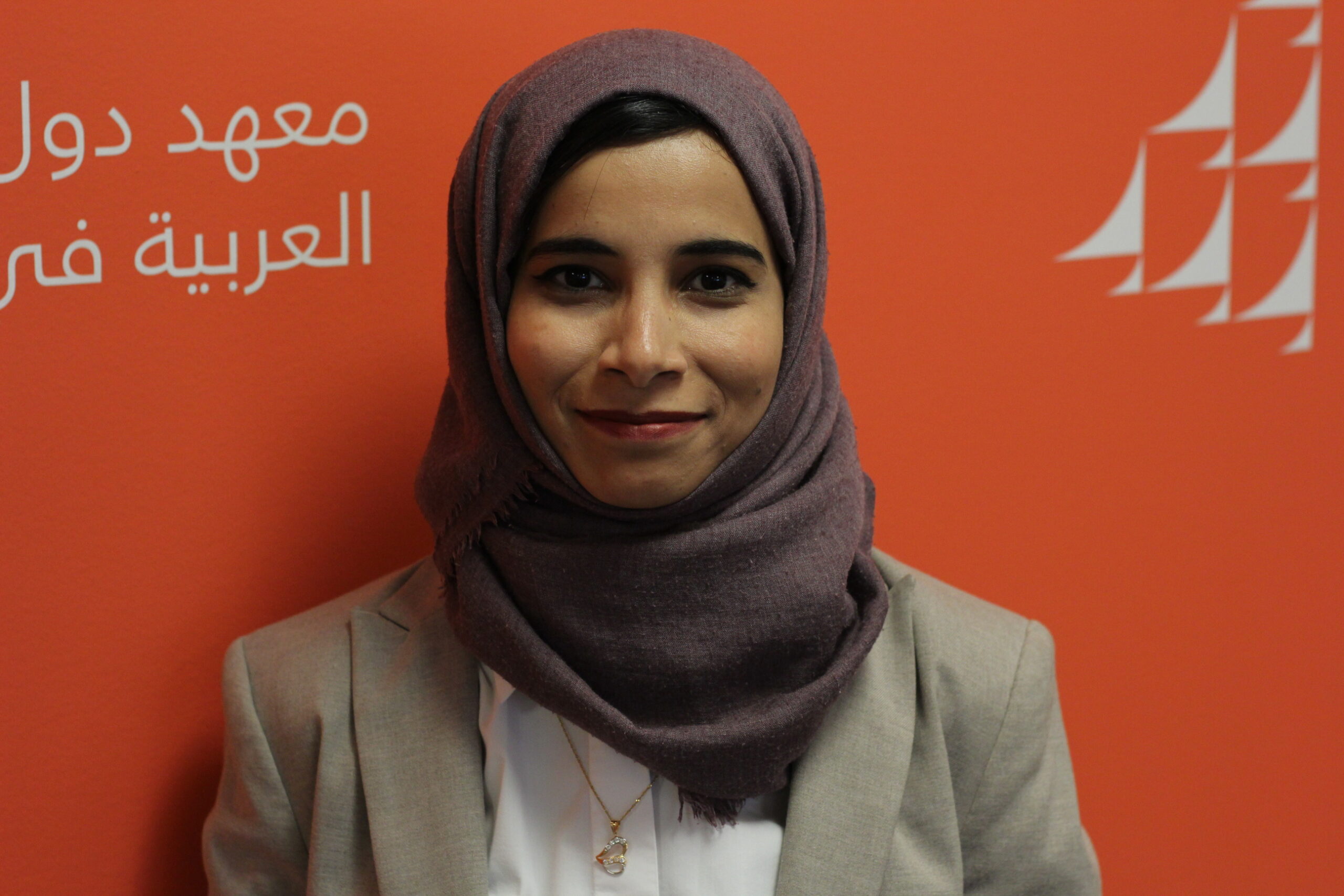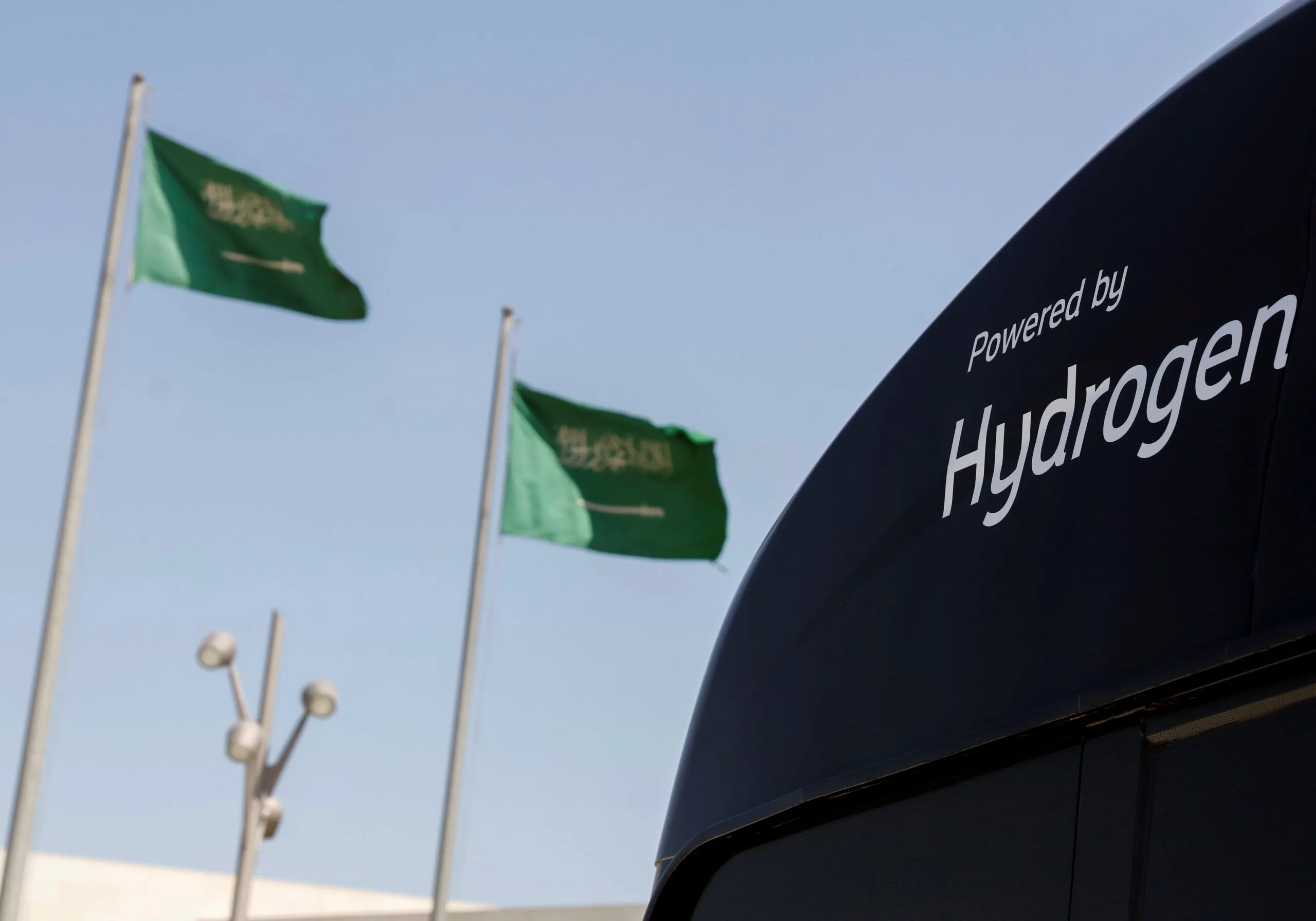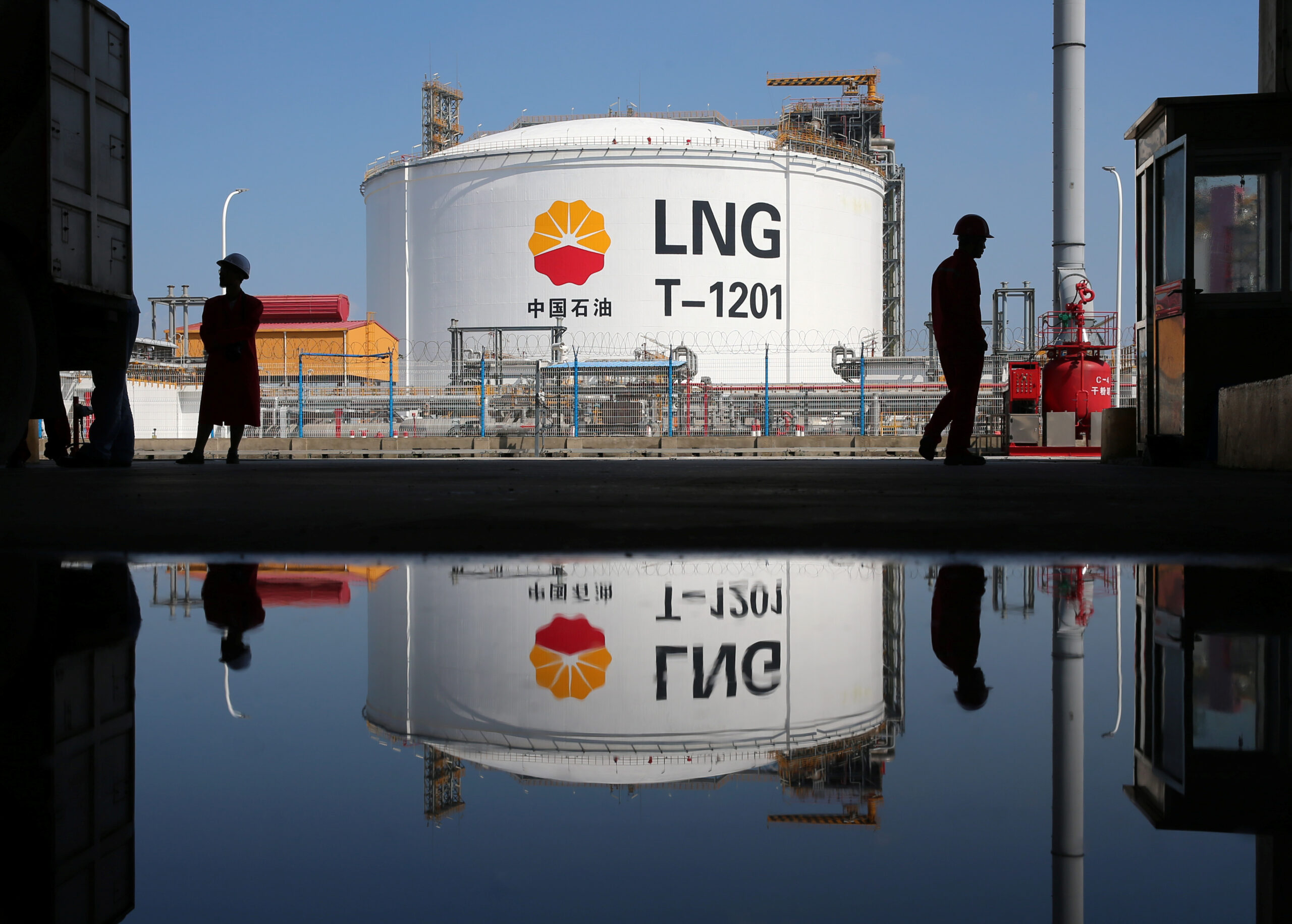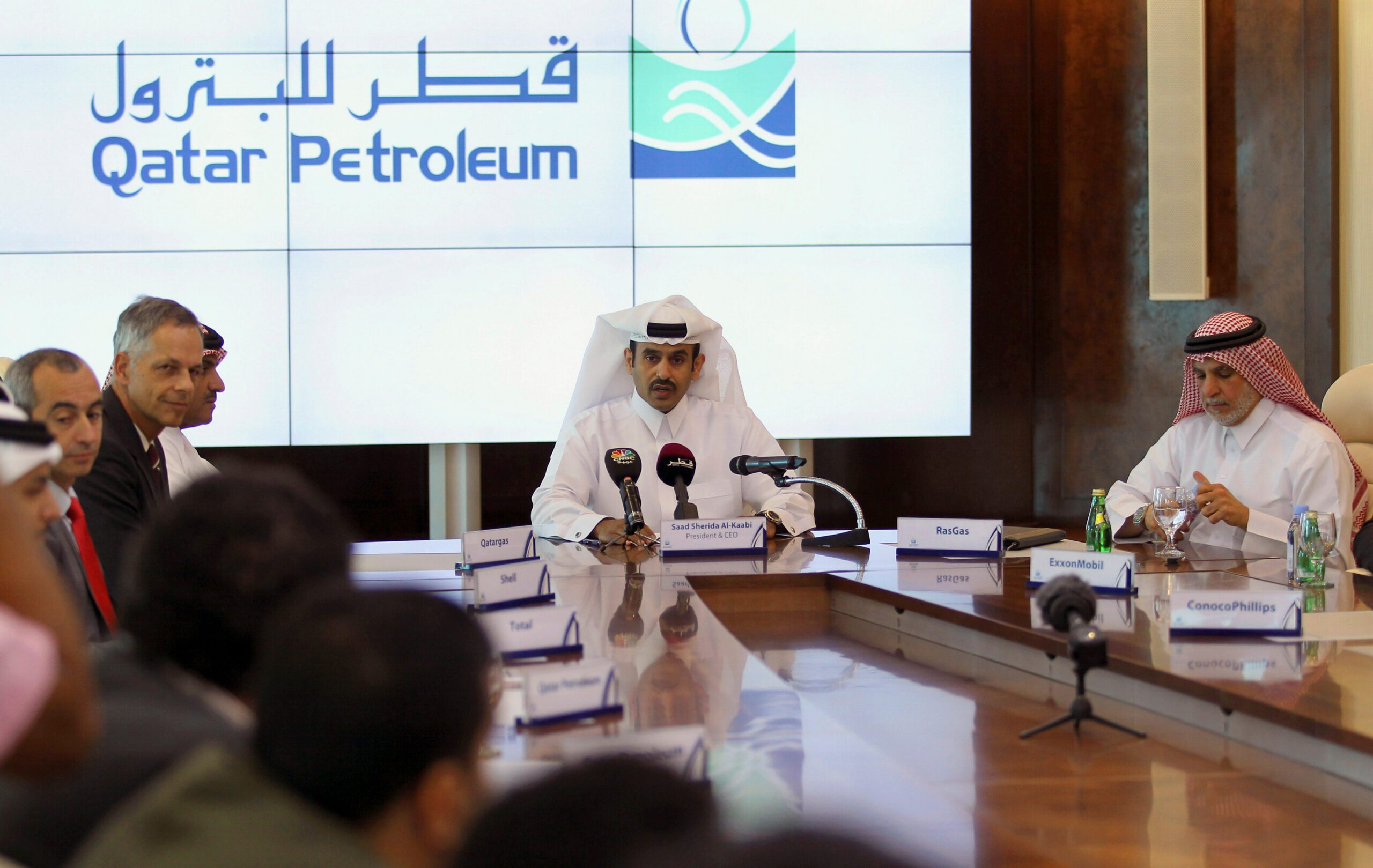
Qatar and the United States, two of the world’s largest exporters of liquefied natural gas, have joined hands to challenge the European Union’s “Corporate Sustainability Due Diligence Directive,” which imposes net-zero and labor rules they contend would threaten Europe’s energy security.
Qatari Minister of State for Energy Affairs Saad bin Sherida Al Kaabi and U.S. Energy Secretary Chris Wright issued an open letter to leaders of the EU countries on October 22 warning that the directive would lead to “unintended consequences for LNG export competitiveness and the availability of reliable, affordable energy for EU consumers.” The directive, set to come into effect between 2027 and 2029, would allow EU regulators to penalize companies that fail to meet net-zero and labor-standard requirements, with fines once proposed at up to 5% of global revenue. Though the European Commission has softened some provisions, the letter argued that the changes fall “grossly short.” The letter stated: “We write in this spirit, united in our views, to express our deep concern over the continued lack of action to address the universally acknowledged, serious, and legitimate concerns raised by the global business community regarding the Corporate Sustainability Due Diligence Directive.”
The CEOs of ExxonMobil, ConocoPhillips, and TotalEnergies, whose companies have stakes in Qatar’s LNG projects, have also slammed the proposed directive as extraterritorial overreach. They believe it would make Europe uncompetitive and endanger its energy security at a time when the EU is in the process of phasing out Russian gas imports.
ExxonMobil CEO and Chairman Darren Woods called the directive “probably one of the most irresponsible pieces of legislation I’ve ever seen passed anywhere in the world,” and he said it would lead to “catastrophic consequences” for the industry. At a German Marshall Fund forum in June, Woods called for the directive to be scrapped: “I think significant changes, if not a complete throwing out of CS triple D is needed if Europe’s going to be successful going forward.”
The directive has implications for the United States and Qatar, which stepped in to supply Europe with LNG to replace Russian pipeline gas following Russia’s 2022 invasion of Ukraine. The United States was the largest supplier of LNG to Europe in 2024, accounting for roughly half of total imports, according to Eurostat, the EU Commission’s statistical arm.
Should the LNG be diverted to less restrictive markets, Europe would have to scramble to secure alternative supplies, which would come at a cost. This would also have ramifications for Europe’s gas supply security as it prepares to ban Russian LNG imports by January 2027, part of the 19th package of sanctions against Russia.
Kaabi has warned that if the directive’s penalties and methane rules are applied, Qatar would “seriously consider alternative markets.” In comments broadcast by Al Jazeera television during a meeting of the Gas Exporting Countries Forum in Doha, he went further. “I would rather keep it in the ground than be penalized … with a 5% penalty on the CS triple D and then another 20% on the methane … I think keep it in the ground is an option. So, but I don’t think we have a market issue, and you’ll see us sign contracts in other locations in the very near future.”
These are not empty threats. Together, the United States and Qatar represent about 70% of the 10 trillion cubic feet per year of new liquefaction capacity expected online globally by 2030, according to the International Energy Agency. Asia – home to faster demand growth and fewer carbon constraints – would readily absorb redirected Qatari volumes, though not all volumes of additional LNG to come from the phased expansion of Qatar’s North Field have been committed.
The EU’s directive and methane-emission regulations form part of a broader policy architecture that includes the Carbon Border Adjustment Mechanism. These frameworks aim to embed climate compliance across entire value chains, ensuring that imported commodities meet European decarbonization standards.
Even after revisions, the directive still carries significant uncertainty for exporters. The European Parliament’s decision in October 2024 to reopen negotiations has fueled anxiety among suppliers, especially given that gas remains vital to Europe’s power-sector flexibility. The IEA projects European gas demand to decline by 10% between 2024 and 2030, yet even under that scenario, natural gas will remain essential for balancing renewable energy. A sudden contraction in LNG supply could therefore destabilize both energy prices and political confidence in the transition.
The standoff also coincides with a downturn in project investment. According to the International Gas Union’s “2025 World LNG Report,” only 14.8 million tons per year of new liquefaction capacity reached final investment decision in 2024 – the lowest level since 2020 and far below the 58.8 million tons per year approved in 2023. The few sanctioned projects, including Ruwais LNG in the United Arab Emirates, Cedar FLNG in Canada, Genting FLNG in Indonesia, and Marsa LNG in Oman, all incorporate low-carbon design, using renewable-powered compressors and carbon capture and storage. Ruwais will be the first Middle Eastern LNG terminal fully powered by grid electricity, while Marsa plans to draw 100% of its energy from a dedicated solar farm. The sharp fall in global final investment decision activity, combined with Europe’s regulatory tightening, heightens fears of an investment shortfall that could constrain supply later in the decade.
Qatar, for its part, continues to expand carbon-capture capacity at Ras Laffan, targeting 11 million tons of carbon dioxide per year by 2035 from 2.1 million tons today. This forms part of its strategy to market “low-carbon LNG” while maintaining a cost advantage. Yet the lack of a globally recognized definition for low-carbon LNG complicates certification and pricing. Without mutual recognition mechanisms, Gulf exporters may face higher compliance costs and potential exclusion from European markets despite genuine emission-reduction efforts.
From a market perspective, Europe’s regulations may accelerate a broader eastward pivot in LNG trade. Asian economies are projected to account for 60% of global gross domestic product growth to 2030, compared with only 7% for the EU. These markets – less prescriptive on carbon but rapidly industrializing – offer LNG exporters flexibility and long-term growth. Nonetheless, European demand, though declining, remains large enough to shape global pricing and contract structures. For producers like Qatar, maintaining optionality between Europe and Asia will be central to commercial strategy.
Europe cannot afford to alienate its alternative LNG suppliers once it halts Russian gas imports. By 2027, the EU intends to eliminate Russian LNG and by 2028 all pipeline gas. Replacing Russian gas would be that much harder if Qatar and the United States decide to market their LNG in less restrictive markets. This would undermine the very gas diversification strategy that the EU has had in place since 2022.
The views represented herein are the author's or speaker's own and do not necessarily reflect the views of AGSI, its staff, or its board of directors.


